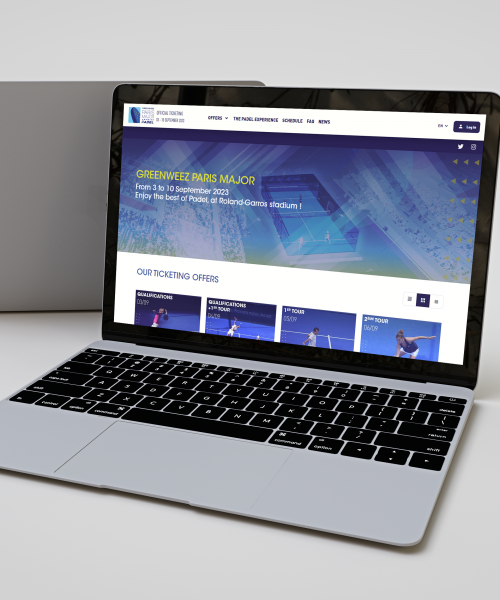This case study explores how our team helped a Belgium investment holding company to optimize its data collection and reporting process. We built a web app to study multiple and diversified financial indicators. By introducing automated testing, we were able to improve the stability and quality of the development cycle, leading to greater efficiency, cost savings, and confidence in the application’s reliability.
Key challenges
The company was facing challenges with managing its financial data, which was primarily being collected and stored in Excel spreadsheets. This manual process was time-consuming and made it difficult to access and analyse the data effectively. They needed a more efficient and accessible solution to improve the collection and design of their financial reports, as well as increase the visibility and readability of their data.
Our Approach
To overcome these challenges, our team developed a web app in order to facilitate access to the metrics and information. This project evolved over time, resulting in two versions:
- First, we created a manual testing plan (MVP) to validate the functional requirements of the web application.
- Second, we introduced automated tests to ensure the stability and quality of the web application.
The testing strategy involves determining a specific scope and developing test plan. By executing the test plan, either manually or automatically, the desired features are validated through various test scenarios. This process emphasizes prioritizing the most critical aspects of the application to ensure optimal functionality and performance. We also focused on the Create, Read, Update, and Delete (CRUD) cycle of data, which involves creating, reading, updating, and deleting data. This allowed us to study all the cases of a given data point and identify any errors or issues that needed to be fixed.
As this project has been split into two versions, for the MVP, the execution of this test plan was done manually. Then, when our client asked for a second version of the app, we make a proposal (through a POC) about automated tests. Once validated, we were able to gradually automate the execution of our test plan to reach around 75% coverage. We also collaborated closely with our client development team to identify and fix any bugs or issues that arose during testing.
Benefits
Our web app QA approach provided several benefits. Indeed, implemented a combination of manual and automated testing methods, aimed to enhance the stability and quality of the application. The use of automated testing allowed for accelerated regression testing and more extensive testing coverage. As a result, this approach sought to optimize the testing process by reducing the resources and time required for manual testing, while ensuring a thorough evaluation of the software’s functionality and performance.
Additionally, our testing approach allowed for a more thorough analysis and optimization of the technical and functional feasibility of the project, resulting in a more reliable and scalable application. Overall, we helped the company achieve their goals of improving the collection and analysis of their financial data, as well as increasing the accessibility and readability of their reports.
Technologies
We used several cutting-edge technologies to implement this web app QA approach, including Cypress.io, TestRail, and JIRA. Cypress.io was chosen as the testing tool due to its reliability, scalability, and flexibility. TestRail was used for centralized test management, execution, and reporting, while JIRA was used for issue tracking and collaboration with the development team.










